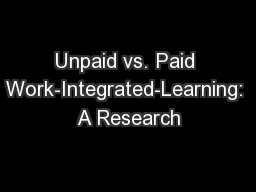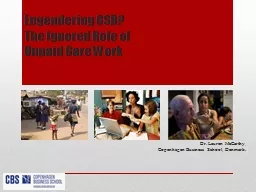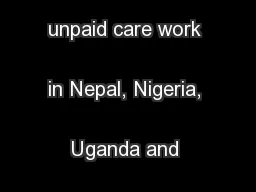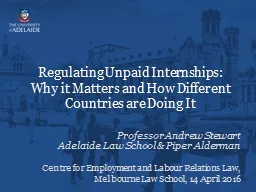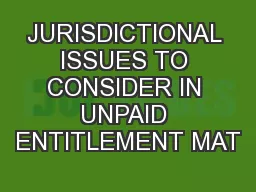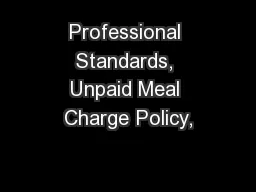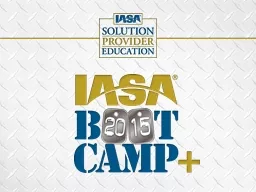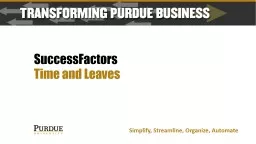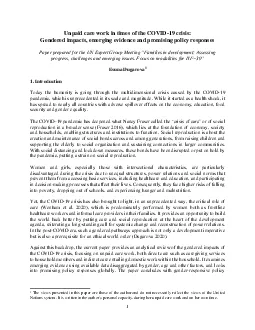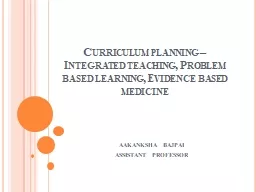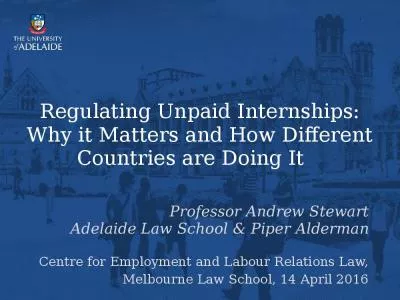PPT-Unpaid vs. Paid Work-Integrated-Learning: A Research
Author : sherrill-nordquist | Published Date : 2016-08-05
A pproach Presented by members of the CAFCE Research Committee Ms Judene Pretti University of Waterloo Ms Christine Arsenault University of Toronto Scarborough
Presentation Embed Code
Download Presentation
Download Presentation The PPT/PDF document "Unpaid vs. Paid Work-Integrated-Learning..." is the property of its rightful owner. Permission is granted to download and print the materials on this website for personal, non-commercial use only, and to display it on your personal computer provided you do not modify the materials and that you retain all copyright notices contained in the materials. By downloading content from our website, you accept the terms of this agreement.
Unpaid vs. Paid Work-Integrated-Learning: A Research: Transcript
Download Rules Of Document
"Unpaid vs. Paid Work-Integrated-Learning: A Research"The content belongs to its owner. You may download and print it for personal use, without modification, and keep all copyright notices. By downloading, you agree to these terms.
Related Documents

